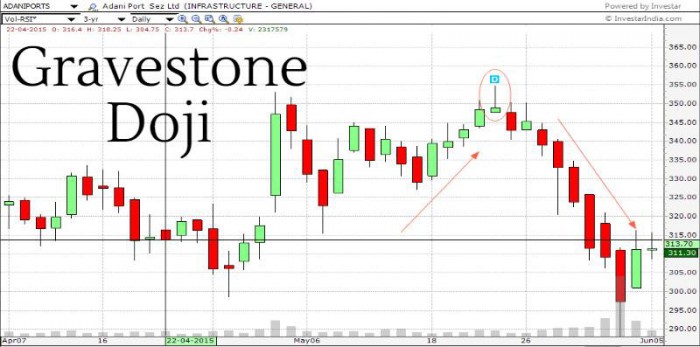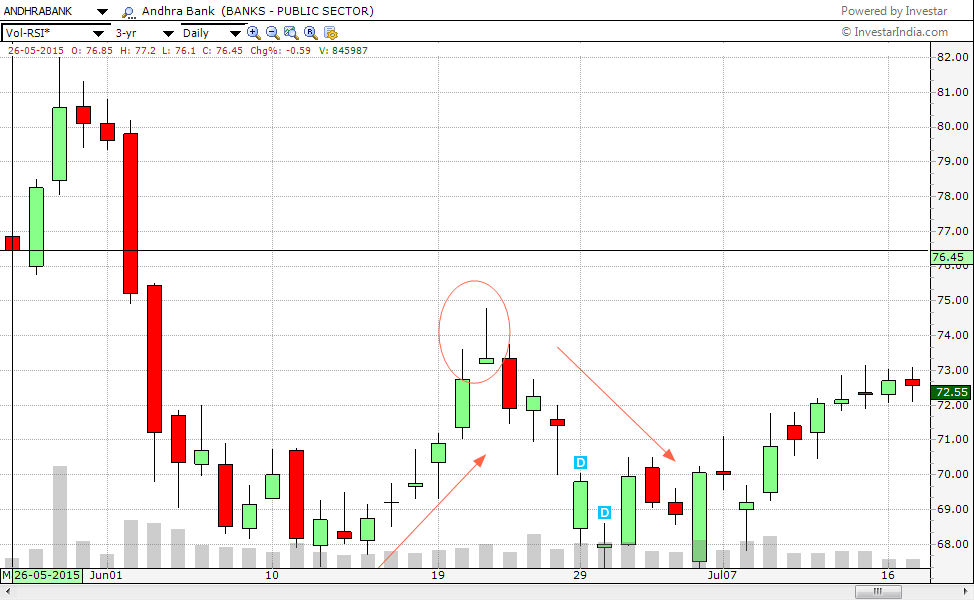“Gravestone Doji” is a candle pattern that is used in the trading of Japanese candlesticks, which can be found on the chart. The candle pattern occurs when price dips below the opening price, then after a small period of time rises above it. This pattern does not have any fixed meaning, rather it correlates with when traders are most likely to take risks by buying and selling which corresponds with pre-market and post-market hours. The gravestone doji could be used as a way to take advantage of the high volume of trades that occur before the market opens, in early morning hours.

The gravestone doji is similar to a group of other candle patterns, including the Dragonfly Doji, Devil Doji, and Gravestone Doji. The difference between each pattern is that they all represent different times in which they may appear on the chart. The gravestone doji appears the most around noon, but can also appear after the market closes. The Dragonfly Doji and Devil Doji, on the other hand, are during the morning hours and late night hours, respectively.
A gravestone doji is a candle pattern that occurs when price pops above or below an opening price, then quickly moves back in the opposite direction to close near the same opening price. In this sense, it is similar to a hollow candle.
Table of Contents
What Is a Gravestone Doji?
A gravestone doji appears as a long wick with a peak in the middle. It looks similar to the opening and closing price, with an opening price slightly lower than the closing price. The candle pattern has a narrow body, like a gravestone.
As with all candlesticks, the gravestone is used to detect trends and other archived data. As you can see in this example, the gravestone doji represents when price peaked at nearly 0.0 on August 23rd of 2011, then dropped to nearly 0.
What Does a Gravestone Doji Tell You?
Traders who are familiar with candlestick patterns will quickly realize the potential risks of trading before the market opens and after it closes, especially around the prime hours of 1 PM to 4 PM EST. This is when the gravestone doji most often appears on this example chart.
Some traders may use this information to help them decide what time frame they should be trading within, or whether they should trade at all. A gravestone doji can help you decide whether or not to take a position, or whether to wait.
When Do You See a Gravestone Doji?
The gravestone doji usually appears about two hours before the market opens, when price makes its first dip below the opening price. As traders become more active and place orders, it rises back up to its opening price. However, it does not rise as high above the opening price as it did initially. As price continues to make its way back up, the gravestone does not often form again until after the market closes, when price rises above the opening price.
The Difference Between a Gravestone Doji and a Dragonfly Doji
The gravestone doji and the dragonfly doji are very similar. The gravestone doji has a higher high and lower low than the dragonfly doji, as it is a more bullish candle. Even though they appear to be similar, there is one crucial difference. The dragonfly doji may occur before or after the market opens, while a gravestone doji appears around two hours before the market opens and after it closes.
How Do You Identify Doji?
The gravestone doji appears as a long wick with a peak in the middle.
Here is an example of a gravestone doji on the daily chart of E-Mini S&P 500 futures. The candle appeared at approximately 12:10 PM and closed above its opening price, at approximately 6:00 PM. Notice how the opening and closing prices were nearly the same, but how it rose and fell slightly more than an hour later.
What Does It Mean When You See a Gravestone Doji?
Since the gravestone doji is most active between noon and 3 PM EST, it is an indicator that there are many people placing orders before the market opens or after it closes. This is further supported by the high volume at this time of day.
This candle pattern often precedes market movements, but traders should not use it as a standalone trading signal.

Limitations of the Gravestone Doji
- In order to form the gravestone doji, the candlestick must have a high maximum and a low minimum. If this is not true, then the candle may be another type of candlestick pattern.
- In some cases, the gravestone doji may be misidentified as another candle pattern, such as an evening doji star pattern or morning star pattern.
- As with all candle patterns, there is no fixed meaning to a gravestone doji appearing at any one time of day. These are only indicators of current market-based activity.
- The gravestone doji is only beneficial if it appears above the opening price or below the closing price, not both.
- While this pattern is an indication of high volume, there are other factors that should be taken into consideration in order to make a final decision.



